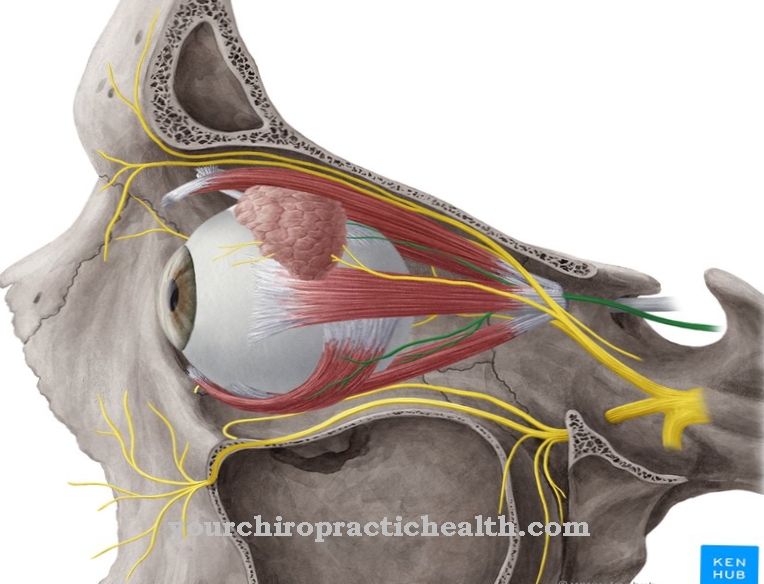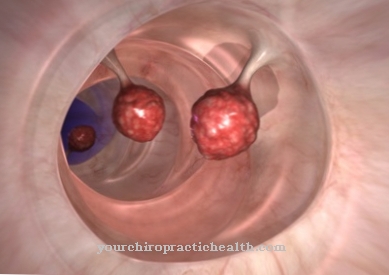Humans have about 350 different Olfactory receptorsto whose cilia a specific odor molecule can dock and activate the cell. The brain uses the collected messages from the olfactory receptors to create the conscious olfactory impression. The olfactory receptors, which comprise several million specimens, are mainly located in the olfactory mucosa, a small area in the upper nasal cavity.
What is an olfactory receptor?
Olfactory receptors, too Olfactory cells called, belong to the group of chemoreceptors. Chemoreceptors take on a variety of tasks for the unconscious regulation and maintenance of homeostasis. The olfactory cells are highly selective sensors, each of which is specialized in recognizing a certain odor molecule.
In an area of around four square centimeters in the upper nasal cavity, the so-called olfactory mucosa, up to ten million olfactory receptors are located. They can be subdivided into around 320 different cell types, each of which is able to attach a specific odor molecule to one of its ten to twenty cilia. For example, shepherd dogs with around 1,200 different olfactory cell types have a much finer and more differentiated sense of smell than humans.
After a specific odor molecule has docked on a cilia of the appropriate receptor cell, the chemical stimulus is already converted into an electrical potential in the cilia.The action potentials of the same olfactory receptors are first collected in the olfactory bulb before they are passed on to the brain.
Anatomy & structure
Odor cells are not only found in the olfactory mucous membrane, but also, for example, in the liver and testicles, where they may influence homeostasis as unconscious chemoreceptors. The functional principle of the olfactory receptors corresponds to that of G-protein-coupled receptors.
The principle is based on membrane proteins that use the lock and key principle to capture specific molecules in a kind of bag and smuggle them through the membrane into the cytosol of the cell or into a lysosome or into another organelle. Odor receptors in the olfactory mucous membrane of the nose are surrounded by supporting cells. A dendritic process of the olfactory nerve penetrates the mucous membrane to the outside and forms a small vesicle (vesicula olfactoria) at the end, from which 5 to 20 cilia extend into the mucous membrane of the olfactory mucous membrane. In the thin layer of mucus, the "scent molecules" dissolve, which can dock on the olfactory cell that suits them and start the cascade of signal transduction into an electrical nerve impulse.
On the tissue side, the olfactory receptors are directly connected to the olfactory bulb via an axon, where the signals from the same olfactory cell types are collected and forwarded to the corresponding centers in the CNS. The axons of the olfactory sensors are partially bundled together before they pass through the finest pores of the ethmoid bone as olfactory fibers (fila olfactoria) into the skull. The fila olfactoria are not myelinated and thus correspond to the slowly conducting nerves of fiber type C. Their conduction speed is 0.5 to 2 m / sec. Due to the short distances from the olfactory mucosa to the CNS of only a few centimeters, the speed is absolutely sufficient.
Function & tasks
The main task and function of the olfactory receptors is to supply the downstream centers in the CNS with information about the presence and frequency of around 350 different odor or odor molecules. Each individual cilia that comes into contact with its specific olfactory molecule in the mucus of the olfactory epithelium and docks the molecule leads to an electrical impulse that is passed on. The processing of the millions of odor or scent impulses into a kind of “scent layer” only takes place in the subordinate centers of the CNS.
The first recipients of the electrical nerve impulses pre-sorted by the glomeruli according to the type of olfactory molecule are the two olfactory bulbs (so-called olfactory bulbs). They forward the messages without additional processor power via so-called mitral cells to structures in the olfactory cortex, where the actual processing takes place and decisions are made about unconscious and conscious reactions. The individual sensor messages can be very important for immediate survival, for example in order to recognize food that has already spoiled by the smell or dangerous toxins.
Smells and smells regardless of food intake can also warn of dangers and also something about the mood of people. For example, fear sweat, which is produced by the apocrine sweat glands in the armpits, has a significantly different smell than sweat, which is used exclusively for thermoregulation and is secreted by the eccrine sweat glands.
In the sexual area, too, olfactory messages from olfactory receptors play an important role. During ovulation, the woman's hormonal level changes, which she unknowingly signals by excreting pheromones, known as copulins, with an olfactory effect. Men react to this with increased testosterone production, although the copulins cannot be consciously perceived in low concentrations.
Diseases
There are a number of possible causes that can trigger functional disorders or a complete loss of the sense of smell (anosmia). For example, the odor sensors themselves can become ill or the olfactory epithelium is changed in such a way that the odor molecules cannot reach the cilia of the odor receptors.
In some cases, signal transmission or signal processing in the CNS is also disturbed. By far the most common cause of impairment or even complete loss of the ability to smell is chronic inflammation of the sinuses (sinusitis). Severe colds, which lead to swelling of the airway mucous membranes, are often accompanied by a temporary impairment of the ability to smell, which usually improves on its own after the cold has healed.
Another complex of causes for the occurrence of anosmia is on the neural level. A traumatic brain injury (SHT) can damage the olfactory center or the olfactory fibers are severed in an accident. Anosmia can also be triggered by a brain tumor or by progressive Alzheimer's dementia or Parkinson's disease. Very rarely, genetic anomalies or mutations are responsible for the loss of the sense of smell.


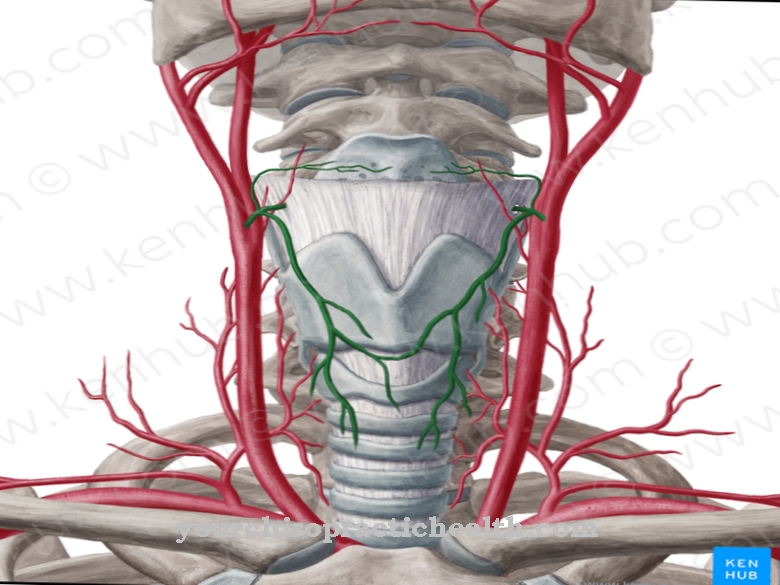











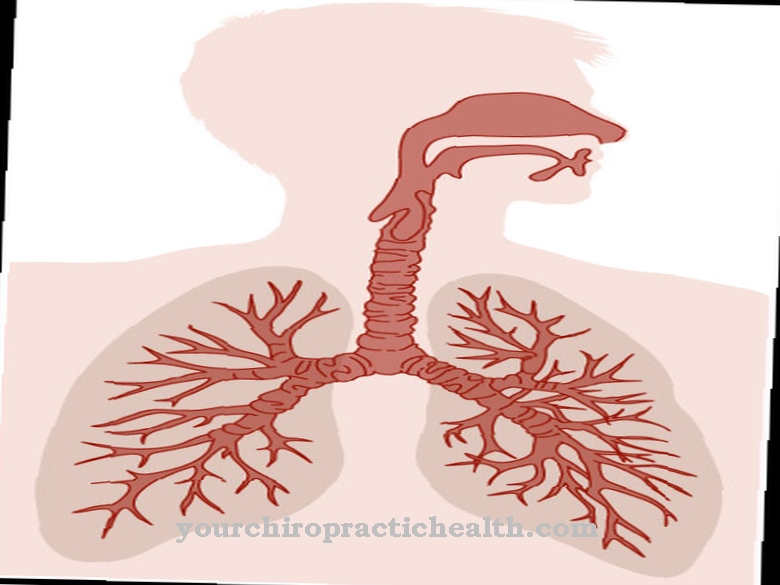
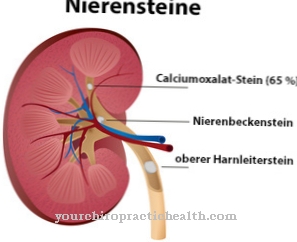



.jpg)

.jpg)


.jpg)
